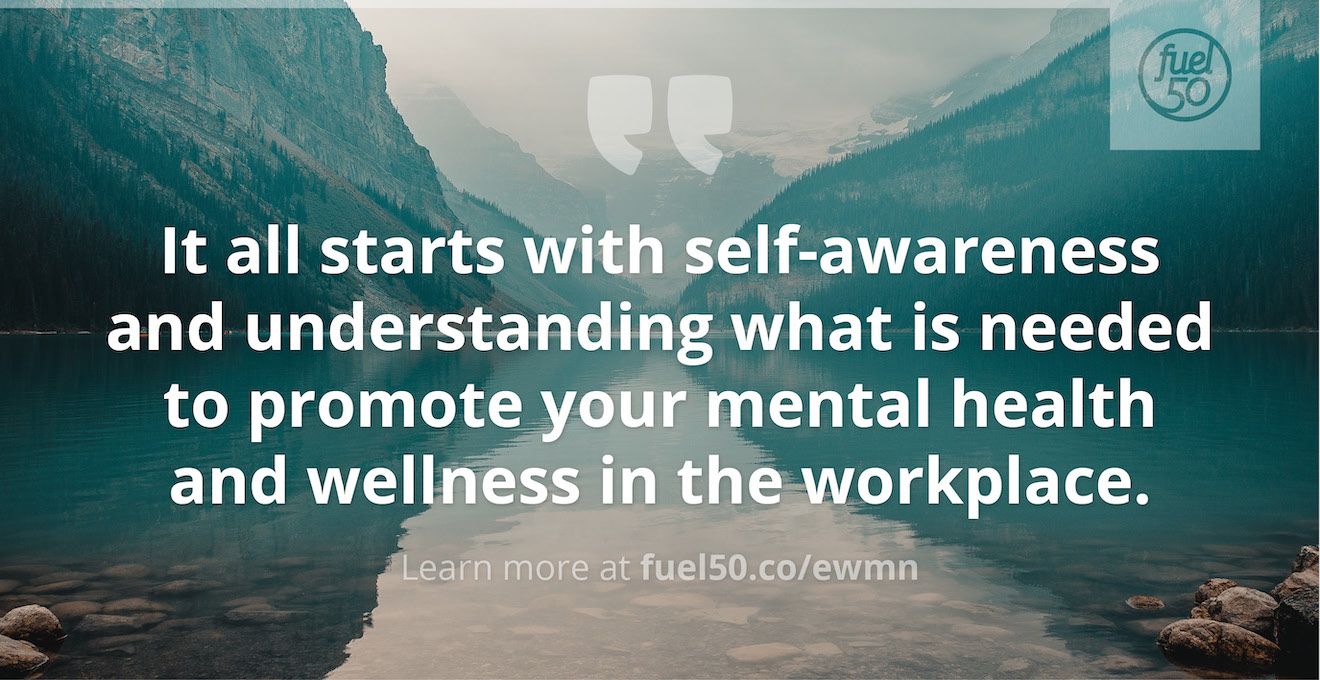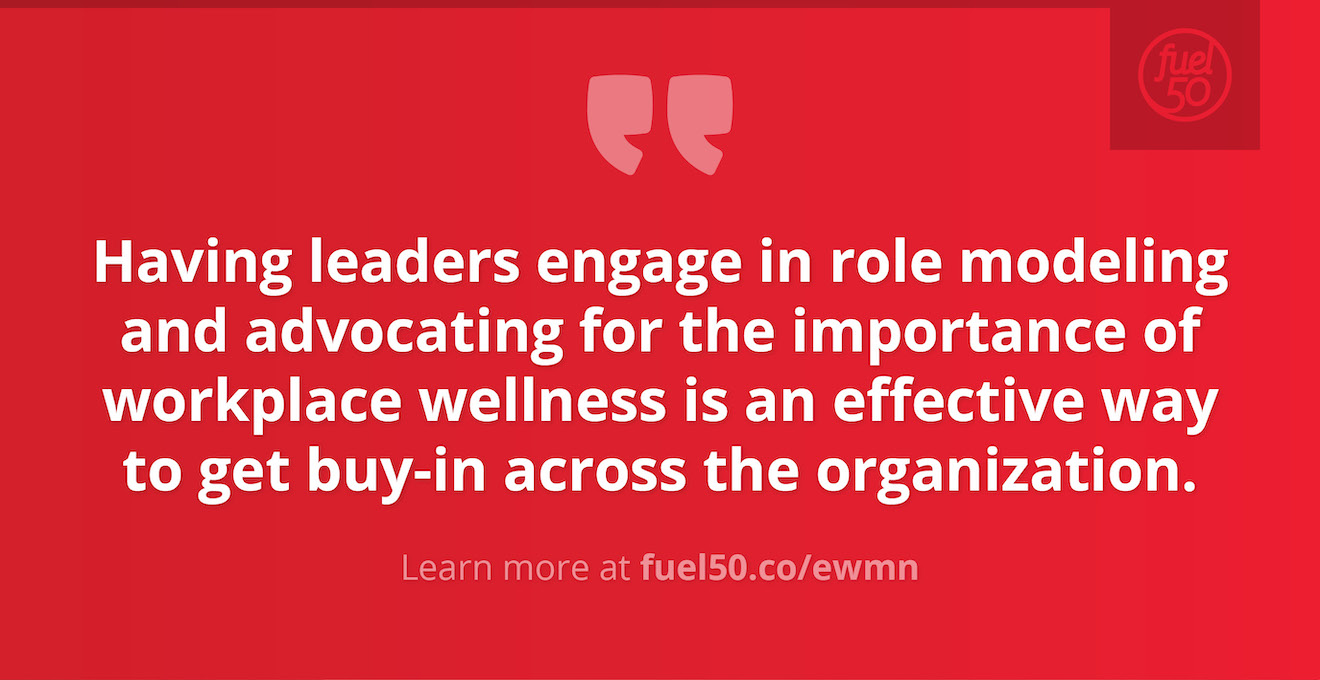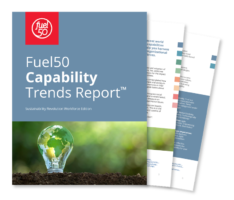There is a time and a place for everything. When it comes to workplace issues, now is the time when employee wellbeing finally takes center stage.
Just this month, one of the most well-respected pollsters — the Gallup Organization — declared that “Employee wellbeing is key for workplace productivity.” They said:
“When your employees’ wellbeing is thriving, your organization directly benefits — they take fewer sick days, deliver higher performance, and have lower rates of burnout and turnover. But when your employees’ wellbeing suffers, so does your organization’s bottom line.”
That’s good advice, and the Harvard Business Review agreed, predicting that, “Wellness will become the newest metric that companies use to understand their employees.” They added:
“Across the last 12 months, our data shows that less than 40% of employees have taken advantage of any well-being offering provided by their employer. … In 2022, organizations will adopt new employee well-being measures that capture the financial health, mental health, and physical health of their employees to more accurately predict employee performance and retention.”
So why does employee wellbeing matter now more than ever?
How Employee Wellbeing Can Foster a Better Workplace Culture
There are a number of reasons, but a big one is that the pandemic has heightened the focus on wellbeing given how tough the last two years have been for workers across the globe, regardless of the industry they belong to.
An MSN blog pointed out that many employees lost their jobs “as organizations found it difficult to sustain themselves during the pandemic. In addition, many working remotely exhausted themselves by stretching their work hours and becoming burned out.”
The global pandemic significantly affected the mental wellbeing of workers everywhere, and several organizations have focused on providing employees with a stimulating and encouraging work environment. HR professionals have started taking surveys and providing counseling to employees who need help. Such initiatives have helped make the corporate world realize the importance of mental health and the need to build better employee engagement.
Training consultant Dr. Melissa Tranquille, writing on LinkedIn, says, “Employee (wellbeing) is an important part of any organization’s mandate. Employee wellness interventions have become even more crucial during this pandemic as most companies have resorted to remote working and struggle with the impact of the COVID-19 crisis.” She also said this:
“Caring for the wellbeing of your employees will foster a more positive workplace culture as they would be happier and have a higher level of employee engagement. … It is crucial that all organizations make employee wellness a priority during this pandemic, and this should remain a high priority even post-pandemic.”
All of that is obviously important, but there is also a disconnect between what business leaders need to do and what they actually end up doing.
Need more proof? HBR cited McKinsey and LeanIn.org’s latest Women in the Workplace report, which surveyed 65,000 people in the United States, and one of the key findings is that although a whopping 87% of companies surveyed agree that it is “very or extremely” critical that managers support employee well-being, only a quarter do much about it.”
All of this raises a good question: what should organizations be focusing on to foster better employee wellbeing during these challenging times?
Well, last year’s Fuel50 Capability Trends Report on Wellness in the Workplace identified both individual enablers of employee wellbeing as well as leadership capabilities needed to lift levels of employee wellbeing in an organization. These are trending capabilities associated with driving and maintaining a vibrant and supportive wellness culture.

Individual Enablers of Employee Wellbeing
It all starts with self-awareness and understanding what is needed to promote your mental health and wellness in the workplace. Fuel50’s research suggests the following capabilities are essential for promoting workplace wellbeing and wellness at an individual level:
- Agility — Response to new circumstances and challenges is quick and effective. Adjusts response to the situation/interaction based on the evolving nature of it. Makes on-the-spot decisions.
- Cultural Competence — Shows an understanding of cross-cultural conflicts, tensions, misunderstandings, or opportunities. Respects the cultural frameworks, values and norms, religions, and languages of others. Adapts communication style when faced with different dimensions of culture.
- Verbal Expression — Expresses one’s opinions, thoughts, or ideas clearly and convincingly. Confidently speaks up in any given situation.
- Situational Awareness — Knows what is going on with regards to the industry, organization, and team/function in which one operates. Reads and understands situations and anticipates what could happen next.
- Time Management — Manages one’s own workload and prioritizes competing tasks or deadlines effectively.
- Self-Awareness — Awareness of one’s own strengths and weaknesses/development needs as well as the impact of one’s own behavior on others. Adjusts behavior to be more successful.
Leadership Capabilities to Enhance Wellbeing
Having leaders engage in role modeling and advocating for the importance of workplace wellness is an effective way to get buy-in across the organization. To this end, we suggest the following capabilities and specialist skills for leaders:
- A People Centric Approach — Shows a genuine awareness and concern for the human experience. Values people instead of their organizational role or value to self. Conscious of the feelings and opinions of others.
- Wellness Agility — Adopts the evolution of values, behaviors, and capabilities. Enables the business to be more adaptive, creative, and resilient when dealing with complexity, uncertainty, and change – leading to improved wellbeing and better outcomes.
- Employee Health and Wellbeing — Encourages employees to live healthier lifestyles. Educates employees on the various initiatives available to help them live a healthier lifestyle. Determines and communicates incentives to employees for participating in initiatives.
- Employee Energy Risk Management — Strikes a good balance between the required levels of pressure and stress for an individual to perform optimally (and identifies triggers that push an employee beyond their stretched zone) to minimize the negative effects of pressure and stress on both the individual and the organization.
Fuel50’s analysis of the research data leads to this important conclusion:
“Wellness (has been) regarded as an important consideration since the 1970s and continued to draw attention over the years. But the global pandemic has elevated it to a critical strategic priority for organizations globally.
Governments, communities, and workplaces all need to do their bit to ensure people have support and resources to safeguard their wellness (and wellbeing). Not only is it the right thing to do, but research has shown that those organizations that invest in wellness have healthy employees who are more productive and less likely to be absent. In return, organizations gain on their health and wellness investments and keep health care costs to a minimum.”

Is Wellness the Key to “The Year of the Employee?”
Although wellbeing has been discussed a great deal over the years, the focus hasn’t necessarily been aimed at helping promote better wellbeing for employees… until now.
The Harvard Business Review dug into this issue in a frank and unvarnished 2019 article titled What Wellness Programs Don’t Do for Workers. It’s an interesting read in a year where everyone seems to be focusing on better employee wellbeing as a critical trend to help deal with a great many pandemic-fueled issues.
Certified life coach Charlotte Lieberman explains it like this:
“Today, more than 9 in 10 organizations across the globe offer employees at least one kind of wellness benefit, and more than 3 in 5 have dedicated “wellness budgets,” which are expected to expand by 7.8% in the coming years. But are these benefits really what we need to feel healthy, engaged, and supported at work? Do employers have our best interests in mind, or are they mostly focused on gaining a competitive advantage and protecting their reputations (and in some cases, their bottom line)?
I am personally not convinced that (these benefits) are the antidote to our global epidemic of workplace stress and burnout. For all the attention (and money spent) on workplace wellness, the jury is still out on whether these programs are really beneficial to our health.”
Yes, the jury may be out on whether corporate wellness programs do much for actual employee wellbeing, or whether organizations are truly serious about the issue, but this new and improved focus on wellbeing seems markedly different as we wade into 2022.
In fact, one can make the case that regardless of the past, today’s big push to improve employee wellbeing has taken on a new sense of urgency as companies struggle with The Great Reset and, hopefully, the end of the global pandemic.
Forbes has declared 2022 to be “The Year of the Employee.” That’s a bold prediction, but if it really comes true, you can be sure that the new and improved focus on employee wellbeing will be one of the major reasons why.
Capability Trends Report: Sustainability Edition
Organizations need to take seriously the development of specific ESG-related skills and capabilities.







